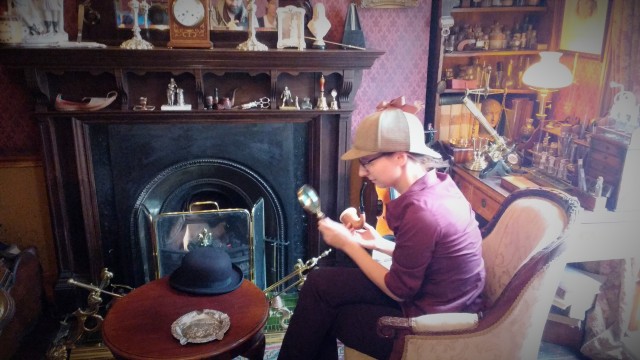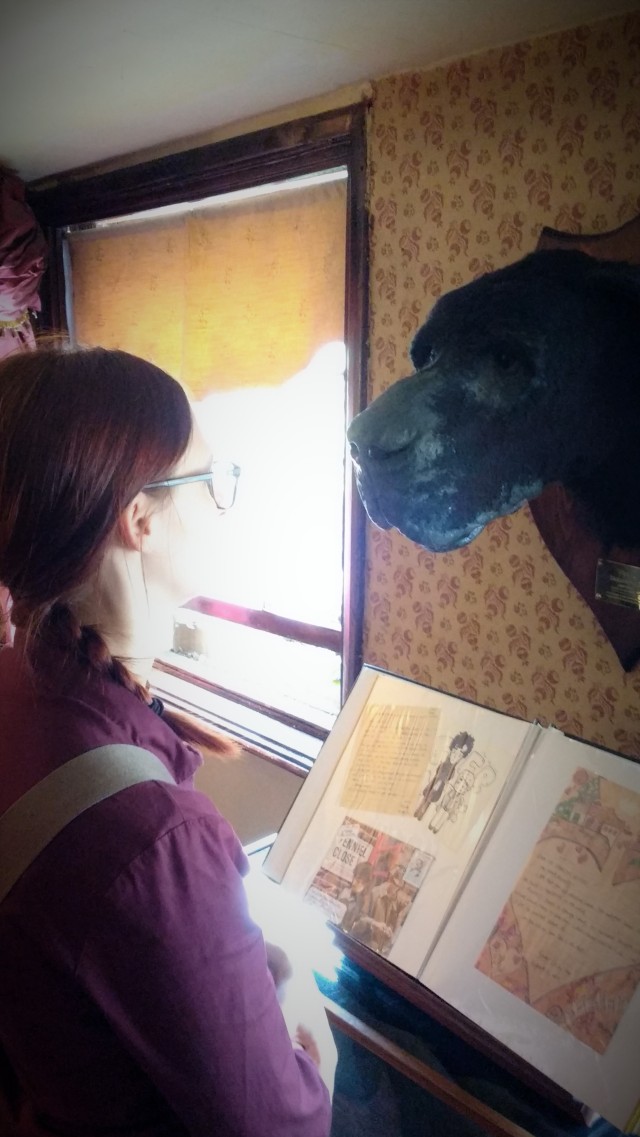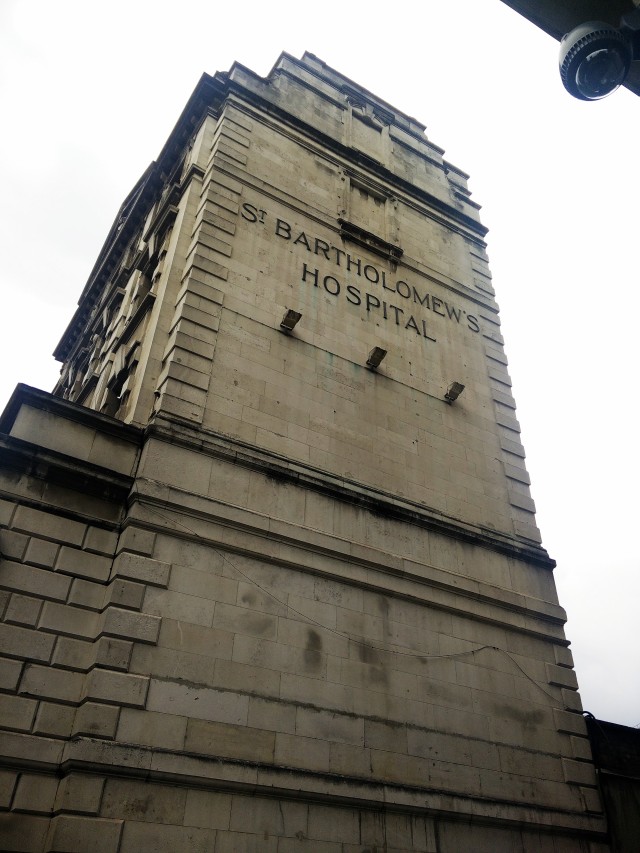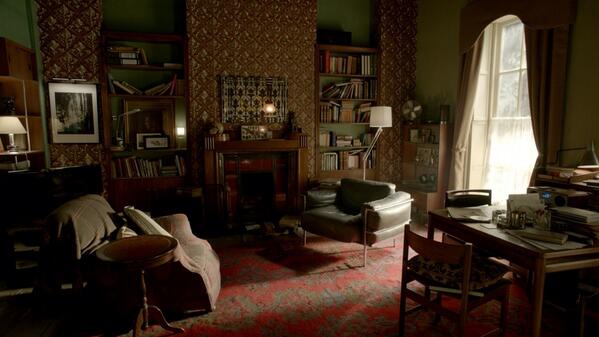We just spent four days touring London with a bit of a twist. As many of you might know, I’m a fan, and have been looking forward to exploring the city memorably serving as a backdrop to the famous detective. Even though most of BBC Sherlock was shot in Cardiff, many exterior shots were filmed in London. So we visited most of them and some of the ACD canon locations as well.
As a base, we used this free Sherlock Holmes tour:
If you want to know more about the locations, Sherlockology has a pretty swell list.
Lots of gratuitious selfies ahead, so stop reading now if you’re not into stupidly happy people. Consider yourself warned.
Sunday
We arrived at Heathrow at an ungodly hour and had to have a kip once we checked into our hotel. In the evening, we started the tour at Picadilly Circus.

This location is at the beginning for two reasons: It’s in the opening title of the BBC show as an iconic London landmark. In ‘A study in Scarlet’ Watson meets his friend Stamford at the Criterion. Over dinner he tells him that Sherlock is looking for a roommate. The Criterion is very beautiful:

We were a bit underdressed but had some kick-ass martinis and ogled the gold ceiling (Thias had Tiramisu and I’m holding a surprisingly delicious Chili and Passionfruit concoction).

After that, we met up with a friend and went to metal pub in Camden. Talk about contrast.
Monday
On Monday we had a Full English at Speedy’s Café. Best coffee I had in London so far.

And of course, a gratuitious picture in front of “221b”.

While scanning for free wifi I found this little gimmick:

Hilarious!
Then we adjourned to the real 221b Baker Street. Emerging from the tube, you bump into the Sherlock Holmes statue.

There is a little QR code you can scan as a part of the talking statues art project. He wishes he was facing the other way because it’s so boring. Also he misses Watson at his side. So sad.
The Sherlock Holmes Museum at 221b Baker Street was expensive (15PS) but nice nonetheless. The first thing you notice when you enter is the intense smell, lemongrass oil. I wonder why they burn it, maybe the whole place reeks? It is rather old.

Obligatory picture in the study, pipe, hat, the whole shebang.

Behold the Hound and the mostly Chinese fan mail he boldly protects.

After that we had stroll around Regent’s park to catch a break from all the belligerent tourists with their stupid selfie sticks. I was too ashamed to be photographed outside the museum wearing a deerstalker. I just couldn’t do it. It’s just an ear hat, anyway.
In the afternoon, we drove out to St. Barts.

Sherlock jumped off the roof here. For the record, I still don’t believe Moriarty is really dead. If Sherlock can fake it, so can he.

Sherlock left quite the “impact”, there was this where he landed on the pavement.

If you zoom in closely, you can see the fan grafitti. Seems to be sort of a pilgrimage thing. The pathology wing is not in active use anymore, so tons of people wrote in the dirt on the windows.

Speaking of fan fiction and various *locks, it might have made me chuckle just a tiny bit what kind of street is located exactly opposite the wing.

We had a Sherlock-and-Molly-appropriate lunch at Barts (without any corpses).

Next up was Tower 42, used as the bank in “The Blind Banker”. Exterior shot:

Interior shot. Managed to sneak a quick picture in the lobby. As if I was going to rob them. Or am I?

Mike Stamford and John Watson meet in Russell Square Garden in the new series. They’re still drinking Criterion coffee as a nod toward the original meeting place.

After all that walking around we thought “Let’s have dinner!” and went to Angelo’s. Or rather, Tapas Brindisa in Soho. They redecorated a bit since filming ‘A Study in Pink’, but the hanging lights are still there.

Need a cab?

Tuesday
We started at the South Bank and systematically worked our way to Belgravia.The South Bank is basically all of ‘The Blind Banker’.
OXO Tower Wharf is where they find the murdered museum security guard. Fortunately, it was low tide, so we could descend to the shore.

Next up was the skate park where they find the code fragments.

Waterloo Bridge (where Sherlock meets a representative of the Homeless network) is also there, but it was a bit dangerous on the other side.
Trafalgar Square.

The Diogenes Club aka the British Academy.

St. James Park, on our way to solve the attempted murder at the Wellington Barracks.

Observing Wellington Barracks.


For reference: ‘The Sign of Three’


My Watson is not in the picture because he’s obviously taking it.
New Scotland Yard. Hi, Greg.

44 Eaton Square. Hi, Irene.

In the evening, we paid a visit to the Sherlock Holmes Pub near Trafalgar Square.

I had Mrs Hudson’s Ale Pie and the local Sherlock Holmes brew. Couldn’t move after, so good.
There is a study you can peak into.

Little details in decoration.

After dinner, we went for a stroll along the shore again.
Hungerford Bridge by night.


Wednesday
In the morning we visited the Natural History Museum, which in the late 19th century was still called the British Museum where Sherlock Holmes went for his research occasionally. Lots of dinosaurs and dead things.

Postcards home! Can you decipher it?

Flying home in the evening. Bye, London.














































